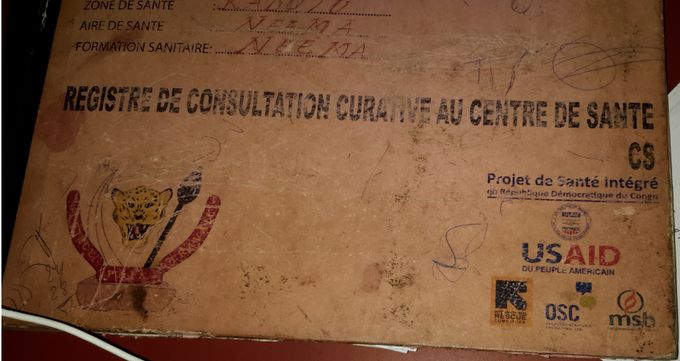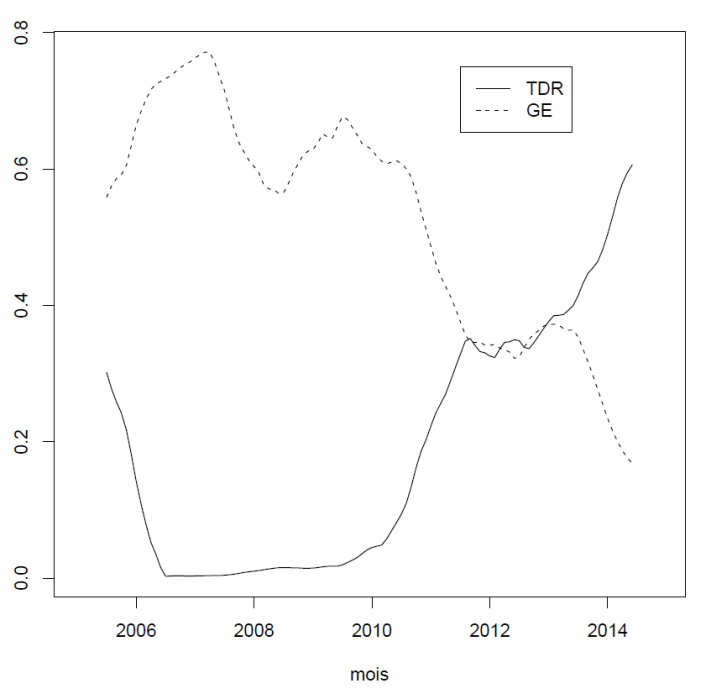Malaria Trends in DRC
09.02.2017 by Sabina Beatrice-Matter
The Swiss TPH conducted a large-scale assessment of trends in malaria morbidity in the Democratic Republic of Congo (DRC) from 2005 to 2015 together with the National Malaria Control Program of Congo DRC, the Department of Health Information Systems and the Kinshasa School of Public Health.


Analysing routine data from health facilities in 90 sites across the country, the study observed a sharp increase of confirmed malaria cases after the introduction of rapid diagnostic tests which detect evidence of malaria parasites in human blood. Population coverage across DRC was improved through mass distribution of long-lasting insecticide treated bed nets. Presumptive malaria cases that were treated could be reduced but malaria positivity rate revealed no declining tendency. Swiss TPH therefore recommends continuing to support key interventions especially in provinces with limited coverage.
Essential malaria control interventions in the Democratic Republic of Congo have been scaled up over the last decade in line with global disease control priorities and increased availability of funding. This assessment is the first comprehensive analysis of the impact of these interventions in the DRC based on primary data from health service delivery points. The study which was financed by the Global Fund provides evidence and informs future strategy of the National Malaria Control Program.